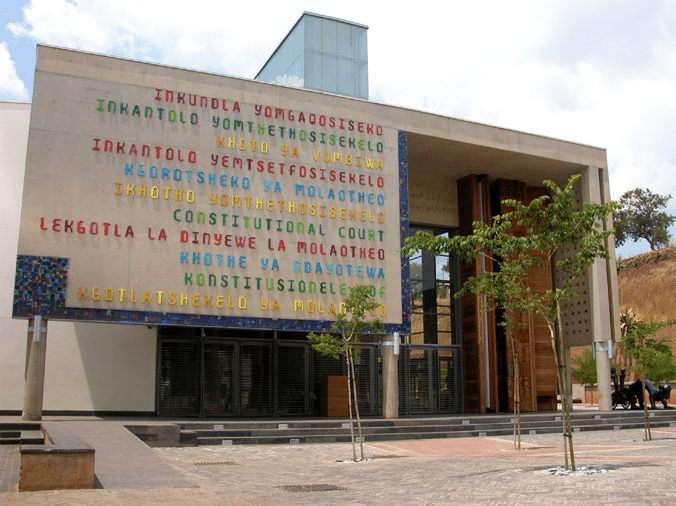The Cost of South Africa’s Digital Migration Delay

Khumbudzo Ntshavheni’s decision to shut down analog broadcast systems by June 30, 2022, has been rejected by South Africa’s constitutional court, which found that it is illegal. Ntshavheni (South Africa’s Minister of Communications and Digital Technologies) believes South Africa is ripe for digital migration.
The decision follows an appeal from e.tv, Media Monitoring Africa (MMA), and SOS Support Public Broadcasting. The group had sought to reverse a ruling and order issued by the High Court of South Africa earlier this year that had sided with the minister.
The International Telecommunications Union (ITU) 2006 resolved that all member states—including South Africa- should migrate from analog to digital broadcasting systems by 2015.
Ivy Matsepe-Casaburri, then minister of communications and digital technologies in South Africa, published a Broadcasting Digital Migration Policy (BDM Policy) in September 2008. Cyril Ramaphosa, the president of South Africa, declared in February 2021 that the gradual deactivation of analog transmitters would be finished by the end of March 2022.
The minister issued a final call for registration on October 5, 2021, with a deadline of October 31, 2021, for individuals eligible for state-sponsored set-top boxes (STBs). After the analog switch-off, STBs would allow households to continue watching television on their analog television sets. However, this announcement prompted e.tv to file an application to the High Court against minister Ntshavheni.

The court acknowledged in its ruling that out of more than 14 million television sets in South Africa, 10.5 million were digital transmission compliant, and 3.75 million were analog. Nevertheless, the High Court ruled that the minister would have three months to finish the incomplete installation.
Cost of Digital Migration Delay
South Africa’s traditional analog broadcast systems currently use 700 MHz to 800 MHz frequency ranges, which might be utilized for mobile data. The digital migration delay will cumber the frequency spectrum and, as a result, increase expenditure on data services.
The digital migration delay will see users continue to pay for access to premium or additional content. This happens as an exchange or a set charge, such as a regular subscription or “pay-per-use.
Regarding the advantages of digital broadcasting, some are connected to the transition process itself, while others would only be attained by ending analog transmissions. All benefits result from processing and compressing digital data, which uses network bandwidth far more effectively than analog signals.
Digital migration will enable the probable entry of new players at various points along the value chain. This can include interactive application developers or broadcasters, and the market would likely experience increased competition and innovation. Additionally, switching over implies unique advantages for some market participants, including lower transmission costs, the potential for higher digital receiver sales, and more straightforward content storage and processing. In actuality, the possible advantages and challenges change depending on the stakeholders, local context, and networks. However, all these will be on hold now, and the country awaits the other 3.75 million.
